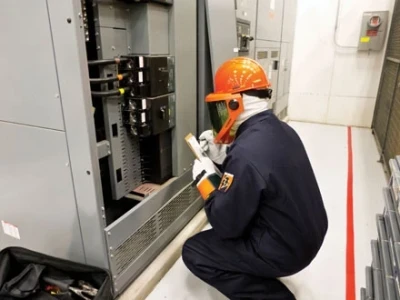
Advanced protection against electromagnetic exposures and electric arc
HAZARDS AROUND
While working live in the energized grid, presence of voltage around the workers requires special attention. However, live-line (live working) techniques are widely applied for decades, several accidents in the past prove that the level of safety must be improved to minimize the number and seriousness of injuries in the future.
In the high voltage grid, bare-hand method is a common technique for safe live work. In the surroundings of any energized equipment,...










